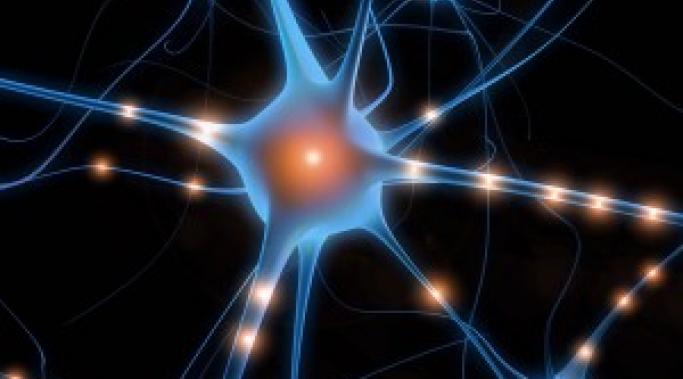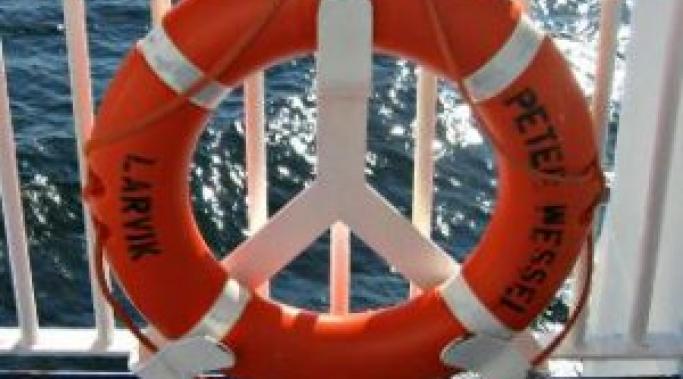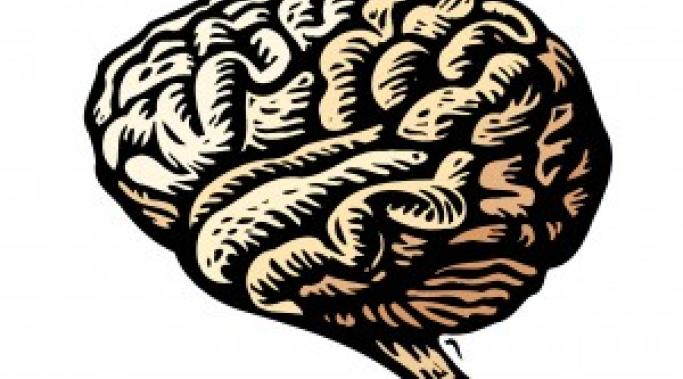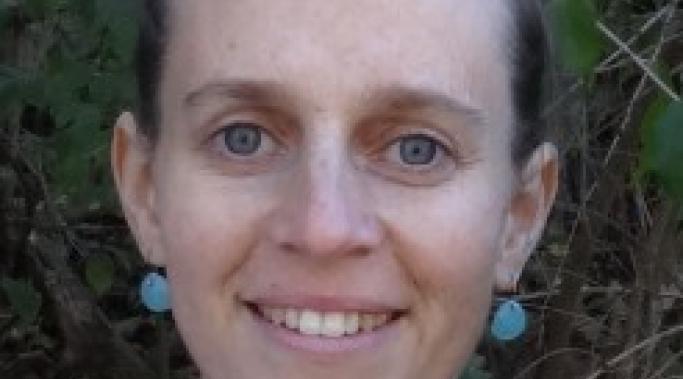Six months ago I was in the intensive care unit (ICU) with sepsis. When I came out, my brain was significantly impaired. I couldn’t read, write or speak fluently. I’m in my 40s and suddenly everything I depended on about myself in terms of being able to communicate both personally and professionally had become enormously dysfunctional. I worried I’d never be the same.
When the neurologist and my physician visited my hospital room, I expressed how frightened I was that my brain was going to be changed forever. Immediately, the physician put my fears to rest.
“Don’t worry, you’re going to be fine,” he said. “If you were younger – if you were a child – we’d have more to be concerned about. The brain continues its original development up to the age of twenty-five. If this trauma to your brain had happened during that timeframe we wouldn’t be able to guarantee anything. But you’re old enough so that your neural networks have fully developed. All of your regular neural functions should come back within six months.”
He was right. Slowly, all of my reading, writing and speaking skills have returned. But what happens to people traumatized at a younger age? New research about childhood bullying further proves that the impact of what happens during those crucial years of brain development can last well into adulthood.
Trauma! A PTSD Blog
For a long time after my trauma I felt sucked into the darkness and despair of grief, loss, fear, anxiety and the frustration of the same question I repeatedly asked myself,
"Who am I now?"
It seemed that trauma and PTSD symptoms had branded me for life and there was no way to:
go back to who I'd been before (I was right about that)
go forward and become someone new (I was wrong about that)
What do we do when we get stuck in that place??
Unwanted trauma memories are soooo hard to get rid of, aren’t they? You try to ignore them, suppress them, pretend they don’t exist or didn’t really happen. But they persist with more determination than ants discovering an untended picnic spread. This means that a trauma memory can hang in an activated loop that makes it feel like threat continues and the experience is present. And then what happens? Whew, PTSD and fatigue, for one thing!
Memory is important when it comes to PTSD and integration, so I decided to ask a pro about all of this – and what can be done about it. Dr. Michael Smith, of Life Extension Magazine, outlined for me fascinating information about the brain, the processing of memories, and how one simple supplement can help improve brain function in areas hugely important for trauma recovery.
On 9/11 I was living on the Upper West Side of Manhattan. I was already deep into years of my posttraumatic stress disorder (PTSD) struggle. At the time of the attacks I was “sleeping late” due to my all-night insomnia. What woke me that morning was the enormous number of sirens careening down Broadway just outside my window. I lived one block from a firehouse and the amount of activity from their garage and on the street was deafening.
I sprang out of bed with my heart pounding. I’d been sensitizing my amygdala for years, so it took very little for me to have an exaggerated startle response and a quick emotional reaction when things out of the ordinary occurred. I turned on the radio and then the TV and watched as the drama unfolded.
New York is a tough city, but that day, a new type of survivorship had just begun.
Posttraumatic-stress disorder (PTSD) involves a lot of sadness: about your having been victimized, about having developed a persistent mental disorder (and that's exactly what it is), about how few people understand what happened to you, about how few people understand how your life has been changed as a result, and about how difficult it is to get it all resolved - fixed - taken care of. And that's hardly a complete list. What do these all have in common? Loss. Sadness is a reaction we have automatically and outside any direct control when we realize we've lost something that matters.
What can you do about it? Two things, basically. You can shift your attention or you can deal with the problem directly. The first option is almost always the easiest, but you should know that it's temporary at best.
In the first two posts in this series (see 1, 2), I have established that:
With posttraumatic stress disorder (PTSD), psychotherapy’s goal is to reduce or remove symptoms needed to qualify one for the diagnosis. This is what “healing” means in this series.
The core of this healing work is permanently reducing or eliminating the noxious feelings associated with memories of trauma. Without "triggered" intrusive memories, the other symptoms of PTSD do not appear.
Both psychology and religion can make naturalistic proposals about PTSD; it is appropriate and necessary to evaluate such proposals by empirical research, which is how science creates reliable knowledge.
Forgiveness has been proposed by both psychologists and religious figures as a potentially important intervention in psychotherapy, and in the therapy of PTSD in particular. It's reasonable to take this proposal seriously.
“Unforgiveness” – the mental state for which forgiveness is proposed as the remedy, has two fundamental feelings associated with it: fear and anger.
Fear is primary, and anger is an adaptive response to fear. Remove fear and anger goes with it.
Let's now look at forgiveness as a deliberate intervention to promote physical health and recovery from psychological trauma.
PTSD recovery, how to begin? To me, the most powerful way to engage in your recovery starts with education. That's why tonight I'm offering a free webinar about "How Trauma Affects Your Brain" (sign up by clicking the link for more info and to receive the replay later).
For one full hour I'll offer the inside scoop on the brain changes you can expect (or probably already experience) after trauma and with PTSD, plus answer your personal questions. You can sign up for this PTSD webinar here.
In addition to brain changes, if you have symptoms of the new PTSD criteria you probably live in a world of fear, anxiety and the expectation of danger. How do you begin shifting the balance toward calm, confidence and control? Reclaiming a sense of safety can add terrific strength to your daily coping and overall approach to recovery.
In the first part of this post, we established three fundamental things:
You are healed from PTSD if you no longer meet the criteria for the diagnosis.
Psychology, as a science, proposes hypotheses which can be tested in the natural world.
Religion also proposes hypotheses, but fundamentally about the supernatural world, where hypotheses cannot be tested.
Let’s add one more fundamental idea: religious traditions can, and do, propose many things about the natural world. Some of their most notable propositions are ethical in nature, and in this context one finds the idea that forgiveness is a good thing.
Forgiveness as a value has a long and honored tradition in the Abrahamic religions (Judaism, Islam, and Christianity). If we consider that religion, like all traditional culture, functions in part as a kind of “memory” for a people – identifying and preserving important ideas, understandings, and directives, then a reasonable case can be made that we should seriously consider the idea of forgiveness.
How trauma affects your brain is a HOT topic in the posttraumatic stress disorder (PTSD) world. Especially recently as neuroplasticity (the ability of your brain to change) becomes even more recognized and accepted as a law of brain function. Now, practitioners around the globe are understanding that while trauma can change your brain, other experiences can change it again.
In fact, one of the most exciting implications of neuroscience in the past decade is that your brain is always changing in response to experience. Healing, then, becomes more imminently possible than ever. Why? Because you can create experiences that help your brain change daily.
There are a lot of things to do in the mix of healing the symptoms of posttraumatic stress disorder (PTSD). Some treatments for PTSD require lots of time, money, support and attention. Those are the "big" moments of recovery that we research, save or borrow for, and place a whole lot of hope in the results we expect.
Balancing out all of the necessary big gestures in healing, however, are the small, free, solo actions we take when we're all alone. One of those options is a little thing called a meditation practice which you hear talked about all the time, but probably just as often don't commit to doing faithfully every day.









